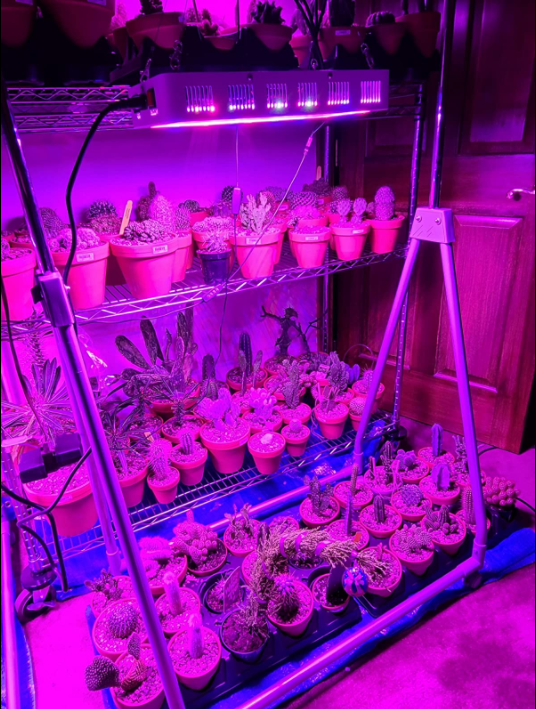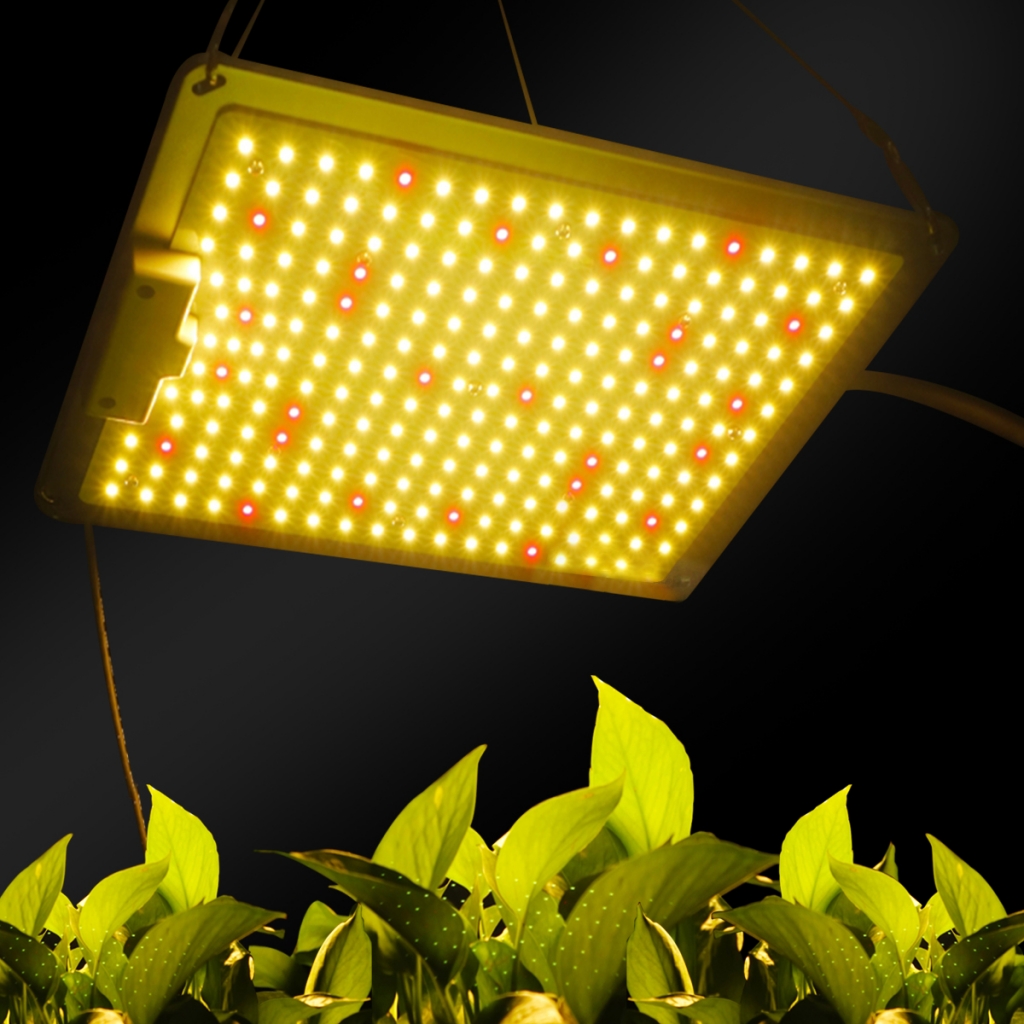What’s The Difference Between LED Lights And LED Grow Lights-Part I
LED lights last for thousands of hours and have better energy efficiency compared to incandescent bulbs. That makes them a great choice for household and commercial use. With all the benefits of LEDs, you may have considered using LED grow lights for your indoor plants. Is there any difference between these and traditional LEDs? We did lots of research to bring you the answer.
What’s the difference between LED lights and LED grow lights? Standard LED lights only provide illumination while LED grow lights have a wider spectrum of both blue and red light that promote vegetative growth and flowering, respectively.
In this article, we’ll elaborate more on both LED lights and LED grow lights, expanding on the differences between them. We’ll also explain whether you should use LED grow lights for your indoor plant or another type of grow light entirely.
What Is an LED Light and an LED Grow Light? What’s the Difference?
To discuss the differences between LED lights and LED grow lights, we first have to explain both light sources in depth. Then we can compare them.
LED Lights
Short for light-emitting diode, an LED light has its own microchip inside. Electrical currents travel to that microchip, providing light to the LED. These bulbs also have a heat sink, where heat goes when the LED gets warm. That’s part of what keeps LED lights generally cool to the touch.
LEDs outperform incandescent lights in many ways, especially when it comes to energy efficiency. Your LEDs can save energy at a rate of 90 percent more than incandescent bulbs. The way LED lighting works is, when you turn your light source on, it’s directional. That means the LED light aims in a certain direction to provide illumination. Compare that to a compact fluorescent lamp or CFL as well as incandescent bulbs, where the light goes in every direction. That cuts down on energy efficiency since some light gets needlessly wasted.
Not only do LEDs make a smarter choice for the environment then, but for our wallets as well. Most LED lights will last about 50,000 hours. If you were to keep an LED light source on for 12 hours each day and it had a lifespan of 50,000 hours, you’d get over a decade of use out of it. That’s pretty good! Besides, LEDs last longer than CFLs (eight to 10x more), halogen bulbs (20 to 25x more), and incandescent lights (50x more).
We won’t say that LED lights are the most inexpensive lighting option the market, because that’s not true. However, since you don’t need to replace them nearly as often as other light sources, you quickly recoup that money back.










